Elf
The first sentient race into the stars.
Elves are a humanoid sentient species who have spread throughout much of Known Space. The first peoples to explore and conquer the stars, they once built a powerful interstellar nation called the Avalonian Empire. Long-lived compared to most of the other significant races of the spaceways, they are known for a love of nature, a natural facility with magical arts, and a certain degree of aloofness.
The Alfar and the Sidhe are a people who produce few children. When a child is born to them, a whole community gathers to welcome the new life into the world. As a mother endures the pangs of birth, the members of her household gather about her, singing, massaging, encouraging. They drum, they play pipes. They are a people who revere nature as a sacred force of the gods themselves. There is, therefore, no holier occasion among them than the birth of a child. All Sidhe, and most of the Alfar too, share the same first memory, that of the moment when they are held up to the community of their birth, and they hear for the very first time the song of love and welcome. Shaundar Sunfall was no exception. But the next memory he had was of holding his baby sister. The Song of Welcome, the drums and pipes were just as he remembered, but this time, he was one of the people singing. He remembered holding his mother's hand as she smiled at him with love and pride, her eyes alight, blue like a spring sky. He was very young, only ten. It was unusual for his family to be bringing a new child forth so soon after his own birth. He later learned that there had been some whispers that it was unnatural, the inevitable result of a mixed union, but most viewed it the way that his parents had, and still did; a great blessing. Shaundar hadn’t been too certain about it himself at the time. After all, with a new baby, he wouldn't be the baby anymore, and he wasn't at all sure what he thought of that. But his father had come home, which was uncommon in those days, and that made it all worth it. He remembered how his father smiled at him when he walked through the door in his glittering Naval uniform. His bright amber eyes were framed by the golden-red hair that marked his sun elven Alfar heritage, and they gleamed with love and pride. Most of all, he remembered the moment that his sister's dark head had first peeked into the world. His father had eased her from her mother's body and as she began to greet the world with a glorious cry, he held her up for everyone to see. She had her mother's look to her – blue, blue eyes, fair silvery skin, and hair the colour of twilight. She was, for all intents and purposes, a moon elven Sidhe. No sign of the mixed heritage she shared with Shaundar. Even then he felt a great sense of relief that this was so. As the assembled elves sang their welcome, Shaundar's father laid his tiny sister in his arms. "You are the big brother now, Rualith," his father said, calling him by his childhood name "Little Star." He reached out and gently placed his hand under Shaundar's chin, tilting his face upward; until all Shaundar could see were his father's sharp golden eyes. "We will need you to help us protect her and take care of her. Can you do that, son?" Shaundar looked down at the little bundle in his arms. His sister looked back at him with eyes as blue as his own. She had stopped crying and was gazing at him with the puzzled wonder of all newborn babies. Then her little mouth widened into a smile and she gurgled happily, waving little fists in the air. He had been overcome with love and a new feeling, one he had no words for then, a fierce protectiveness. He looked back into his father's piercing gaze, which would so often as he grew up make him feel small and uncomfortable. Not then, not at all. “Yes, papa," he said. And that was the first time he had sworn an oath, even though he was far too young then for such things as solemn oaths. But that’s what it was, and he had meant it solemnly, from the depths of his spirit and heart.
Basic Information
Anatomy
Elves are graceful and long-limbed, with long, noticeably pointed ears. Their features tend to the angular and delicate. Their keen eyes, when compared to the eyes of humans, are relatively large and bright. Their irises feature metallic specks, the hue of which is linked to their ethnicity.
Elven skin and hair colours also vary with their ethnicity, but their are few significant variations in phenotype, like among Nymphs and Sylphs, for example. But otherwise, they display a typical humanoid phenotype of two arms, two legs, a head, and five digits on each limb.
There is significantly less sexual dimorphism among elves than among humans. Males and females tend to be of similar heights, although the males often do tend to be a bit heavier and have a slightly larger muscular structure. Males do not grow facial hair. Indeed, elves have only fine, almost invisible body hair on every part below their eyebrows.
Genetics and Reproduction
Elves are one of many humanoid "species," in that they can (and frequently do) produce fertile offspring with other humanoid species. Elf/human crossbreeds are relatively common and others, such as gnelves, are not unknown.
Despite that, elven culture is extremely concerned with ancestry, and frowns upon mixed relationships, even among different ethnicities of elves, never mind relationships with non-elves. Part of the reason could be that the extremely long lifespan of elves significantly diminishes in any offspring that are not purely elven.
Part of the reason could also be that elves are not very fertile. Elves almost never use any method to prevent conception, because even among dedicated heterosexual/bisexual couples (or trios, etc.), conception of offspring is rare. A given elf will usually only give birth to or sire two to four children over the course of their lengthy years.
Every child is welcomed as a blessing as a result, even (or especially) if unplanned or unexpected, and a whole community will come together to help support the parent or parents of a newborn. However, it is not necessarily assumed that the parents will be involved in the raising of the child, especially if the parents themselves are young or in a dangerous or difficult situation. Someone in the community will take responsibility, however.
Elves almost never produce multiple children at the same time. Twins are almost mythical, and when they occur, they are usually thought to herald an event of great importance to the Elven People.
Growth Rate & Stages
Elves mature relatively quickly for their long years. They achieve the age of majority at fifty years of age, and can potentially live well up to a thousand years. There are rumours of elves who are even older.
However, contrary to some rumours, elves are by no means immortal. Raw attrition usually catches up to elves in the courses of their lives, simply by the law of averages. It's far more common for elves to die of accident or even illness than it is for them to die of old age. Elders are therefore celebrated and highly respected in elven cultures.
Ecology and Habitats
Elves probably came from forested climates originally, but over their many centuries, they have spread to just about every known climate, including high altitude environments and underwater. Their settlements aspire to low impact and harmony with their environment. Perhaps this is because elves, with their long lifespans, are in a better position to appreciate the long term effects of environmental damage better than anyone.
Dietary Needs and Habits
Elves are omnivores, but they require a more vegetarian diet than most of the other common sentient races. They suffer more easily from vitamin deficiencies, such as scurvy, but less from protein deficiencies, like kwashiorkor.
Biological Cycle
When an elf nears the end of their natural lifespan, they seem to develop a transparent, ethereal quality. An ethereal starlight appears in their eyes, which the elves believe is a sign of their developing ability to see The Summerlands. They eventually just disappear one night, as if they had taken their entire bodies off to the next world. Nothing appears to be able to stop this process; not even a locked room.
It is not unknown for elves who are suffering from great sorrow to do the same, no matter their age.
Additional Information
Social Structure
Elves have experimented with a variety of social structures over their long history; everything from two-parent families to polyamorous amoeboid clans; complete egalitarianism to ancient aristocracies; and migratory tribes to vast interstellar empires. Nominally, most elves once gave their allegiance to the Avalonian Empire , but that allegiance took a variety of forms, some of which were mere lip service and a vague promise to assist should the Empire be threatened.
Facial characteristics
Elven features are usually delicate and somewhat angular. Their eyes are large, bright and expressive, and they are characterized by metallic sparkles that have been compared to a field of stars. They have large pupils that maximize available light and ultraviolet radiation.
Geographic Origin and Distribution
Elves are found throughout Known Space, in almost every sort of terrain or climate. They are less common in desert climates than many others, but still present in numbers.
Average Intelligence
Elves are highly intelligent, often possessing the ability to take an extremely long view and anticipate far-reaching outcomes based on existing data. This is in part based on extended cultural and personal experience; the longer one has been around, the more one is capable of recognizing patterns in nature and in sentient behaviour. It is perhaps for this reason, at least culturally -- though often not politically or institutionally -- that elves encourage free expression, especially among their youth. The danger of being able to discern patterns is in developing an ossified view -- beginning to see patterns that do not, in fact, exist, or in mistaking one pattern for another.
Perception and Sensory Capabilities
Elves have keen senses. Their hearing is as acute as one might expect from a race with long ears. Their eyesight tends to the high side of humanoid ability; it is rare for elves to require glasses, for example. They have an expanded ability to see colours in the ultraviolet spectrum, and can make much better use of low light conditions than humans can.
More importantly, while magical talent is rare among most other races, it is only uncommon among elves. Mages and magic are a significant part of their culture and social structure.
Symbiotic and Parasitic organisms
Elves have a broad range of domestic animals and partnerships with other sentient species. They have been known to keep dogs, cats, wolves, horses, deer, goats, pigs, and bears, as well as dire versions of all of the above. The fey versions of these animals are often white, green, silver, or brightly-coloured instead of their typical colours.
They have also developed beneficial partnerships with pegasi, unicorns, and dragons, among others.
Civilization and Culture
Naming Traditions
Elven nobility, or the members of large clans or tribes, tend to use surnames that draw from the natural world; ie. Goldenbough, Leafbower, Sunfall. Common elves might or might not have surnames at all.
Male names tend to end more often in consonants, and female names end more often in vowels, but this is not a hard and fast rule. Indeed, names are usually interchangeable among genders.
Children will have a name that is a special term of endearment used only by their parents and other close family elders, in the way that humans sometimes call their children "princess," "munchie," "bug," and so forth.
Major Organizations
The Avalonian Empire once spoke for most of the elves of Known Space, but that time has passed. Now for the most part, those who deal with the elves will deal with the Avalonian Imperial Navy.
On Caer'Thun, the Kel'Nasar is an elven and sylvan order dedicated to defending the forests and Trees of Life.
Elves have also established several significant settlements and nations throughout the Core Worlds (see sidebar).
Beauty Ideals
Elven beauty ideals vary between ethnicities. Alfar tend to value more ornamentation and artifice, while Sidhe prefer a natural beauty except for special occasions. Nunnehi value body modification and ornamentation, which has great cultural and personal meaning.
Collectively, elves value unmarred bodies that are only scarred as intended.
Gender Ideals
Elves see little reason to divide their genders culturally, and they allow a fair bit of leeway on a spectrum. It is not uncommon for an elf to identify as both genders or neither, and this is widely accepted. Indeed, their language even lacks gender-specific pronouns, so little are they concerned with such divisions.
Courtship Ideals
Courtship traditions could not be more divided among different ethnicities of elves. Alfar require long, elaborate periods of betrothal with an obligation to prove oneself; while Nymphs usually just choose to co-habitate.
Relationship Ideals
Elves engage in a variety of relationship models, from polyamorous co-habitants to exclusive monogamous unions. There are mixed messages in many elven cultures. On one hand, the myth of Vara Nightsong and the Moon, which encourages and celebrates love in all its forms, is known to almost all elven cultures. On the other hand, elves tend to stick firmly to their own ethnicity and culture, perhaps as a lingering side effect of the Succession Wars, and mixed relationships, especially if they produce offspring, are frowned upon and punished with social sanctions.
Average Technological Level
Elves were the first sentient species into space. Their relationship with the Tree of Life and their Starseeds is the secret of their supremacy. However, they also have an ancient culture that has had thousands of years to develop technologically and arcanologically. Their arcanology is second to none, and their technology is almost as impressive as that of the Gnomes or Goblins.
Major Language Groups and Dialects
Elves speak Elvish, although their dialects vary widely with region and ethnicity. Sluagh, for example, are almost unintelligible to other elves. They may also speak Elfin in an effort to get along with other spacefaring species. It's not uncommon for elves to learn a smattering of other sentient languages as well.
Common Etiquette Rules
Elves bow to greet one another, with their arms open to indicate an open heart. This tradition crosses the barriers of individual elven cultures. There is also a traditional toast to Avalon that is offered when elves are in mixed elven company.
Common Dress Code
Elves appreciate well-made clothing that is appropriate to the situation, but see no reason why utility and beauty should be mutually exclusive. This is perhaps a luxury borne of their ability to spend long periods of time creating a work of art. Elves lack the sense of modesty that humans value, and if their circumstances justify it, they often wear clothing that exposes their bodies far more than most humans would feel comfortable with.
Dress varies widely between elven ethnic groups, but in general, elves of a higher social class tend to wear more expensive and more elaborate clothing. Elven aristocracy likely have several expensive outfits that are almost completely impractical in daily life, and they tend to wear precious jewels, tastefully displayed to enhance a particular outfit.
The notable exception is among military elves. They have a culture of displaying their military service. As a result, they tend to prefer variations of their uniforms in most situations, whether that is common everyday uniform, dress uniform, or dress mess. It's a common saying among military elves that a "uniform is always appropriate."
Elves view white as the death colour, associated with Arianrhod, goddess of the stars and of transitions to the Otherworld, and they wear it as a sign of mourning.
Culture and Cultural Heritage
Elves have an ancient culture that goes back thousands of years. However, there is considerable cultural diversion between different ethnic groups.
Common Customs, Traditions and Rituals
Traditionally, all elven cultures acknowledge the Wheel of the Year, and each celebrate the High Holy Days in their own individual ways.
Elves take oaths very seriously. No elf would ever consider asking another to violate an oath, no matter how ill-advised or awful. Most will even make efforts to help an oathsworn elf to fulfill what they have promised.
Common Taboos
Mixed relationships are frowned upon in elven society. Blasphemy is also poorly viewed, as is disrespecting one's elders.
History
Age of Myth
Elves might be the first sentient species to have appeared in the universe after the dragons. According to their own legends, they were created by Lugh and Arianrhod, Lady of the Stars by accident when Lugh battled Balor, the Fomorian god. They built the earliest-known civilization, and eventually unified under a High King and High Queen (although the Imperial Crowns have also been held by same-sex couples more than once, and it is not assumed that descent is through the male line.) This civilization, known as the Avalonian Empire, founded the current common calendar and were the first into the stars and the first to spread to other worlds. The location of the near-mythical elven homeworld of Avalon remains a mystery. The wars between the gods of the elves, the Tuatha de Danaan, and the gods of the Fomorian races (see Fomorian War, have shaped the relationship between the elves and the Fomorian peoples ever since. Orc and Elf have been in conflict since the dawn of both people's recorded history. The Fall of Queen Mab was part of the Fomorian War. In most versions of the tale, Mab was the wife of Lugh, and they were the co-rulers of The Summerlands, also called Alfheim or Tir Nan Og. Jealousy reared its ugly head when Lugh also fell in love with Arianrhod. Mab conspired with the Fomorians to have Lugh killed, and when this treachery was discovered, She was banished from The Summerlands. She took the name The Queen of Air and Darkness, vowed to destroy Lugh and Arianrhod, and claimed the Sluagh as Her own, although they continued to play an active role in the Fomorian War, and won some significant victories. This was the first major division in elven ideologies and ethnic groups. The Tuatha de Danaan and the Norse Pantheon, the Aesir, has also shaped elven culture. While that war was relatively short (when one is speaking of eons,) it was ended by a treaty that resulted in some of the Tuatha de Danaan being taken as hostages and spouses of the Aesir. The non-human members of the new Norse pantheon, the Vanir, dragged the rest of the Tuatha de Danaan into the Aesir's conflict with the giants, collectively considered part of the Fomorian War. Those conflicts have also shaped relationships between the elves and the dwarves and giants, which are probably best described as "strained." The division of the Vanir from the Tuatha de Danaan helped to cement many of the later cultural and ethnic divisions that would play out during the Succession Wars.Ancient History
Class divisions among the elves under Avalon's rule led to considerable cultural and ethnic divergence, and these tensions over class and power eventually broke out into the Succession Wars. There were several conflicts that extended over thousands of years. The final blow was struck about a thousand years ago. A powerful matriarch among the Sluagh (some say spurred by visions from the Queen of Air and Darkness) made a claim for the Crown of the Stars in a time when the Imperial Crown among the Alfar was weak, and tensions were at their height. Malatha Spidersinger kidnapped the only Imperial Heir, Selnaris Khi'Marinae, a small and sickly child, with the intention of bringing him up to marry one of her daughters, the end goal being to sit her daughter on the Imperial Throne. Savage warfare between Alfar and Sluagh, which dragged most of the other branches of elves into the conflict. The Imperial Monarchs were killed, the Crown of the Stars and the Crown of the Earth were lost, and the final remnants of the Avalonian Empire shattered beyond repair.Modern History
As the conflicts between the elves were winding down, the First Interstellar War, once called the Great Interstellar War, broke out. Sensing weakness, and knowing the powerful Avalonian Imperial Navy was in disarray, the Fomorian races formed a combined armed forces and challenged the elven supremacy of space. This turned out to be a fatal miscalculation on the part of the Fomorians, led by the Orcs. The existential threat represented by their ancient enemies brought the struggling Navy back together. Although they withstood many early defeats, in the end, the elves were triumphant. The Fomorians were driven into backwaters of the universe that no one had even heard of, or punitively deprived of their starfaring technology and access to the stars.Present Day
A surprise assault from a newly-formed and more powerful collective Fomorian Armed Forces has launched what is coming to be known as the Second Interstellar War.Common Myths and Legends
Elves value a variety of collective myths and legends. A few of them include:
- Creation of the Elves
- Fomorian War
- Fall of Queen Mab
- War with the Aesir
- Vara Nightsong and the Moon
- Brothers of the Storm
- Final Stand of Lyrissande Verbena
Interspecies Relations and Assumptions
Elves are friendly (for the most part) to Humans, Gnomes, and most sylvan and fey species. They tolerate Dwarfs, and are neutral towards Erepata. However, most "friendly" races detect a subtle sense that elves view themselves as the superior species, even if it isn't explicitly stated.
Elves are openly hostile to all the Fomorian species, Cthulans, Shoggothi, and Rachs.
Don't forget that you can click on the blue compass on the left to access the Table of Contents at any time!
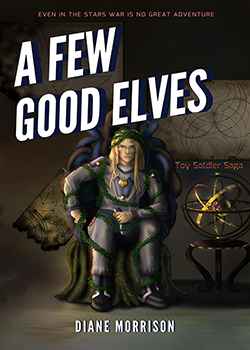
Want to read all of the Toy Soldier Saga fiction, even before the rest of the world does?Subscribe now!
Scientific Name
Homo danae
Lifespan
Around 1000 years, provided they aren't killed by accident, violence, or disease.
Conservation Status
Elves are ubiquitous in Known Space, but are on the decline. Their population is not nearly as numerous as it was before the Succession Wars.
Average Height
Elves typically range from about 5 to 5 and a half feet tall (about 1.5 metres to 1.67 metres), with occasional outliers in the 4 and a half to 6 foot range (1.37 metres to 1.83 metres). There is no appreciable difference between genders in overall height. Sluagh tend to the shorter side of the spectrum, while Alfar tend to the taller side.
Average Weight
Elves in general are slender and willowy. They usually range between about 95 to 135 pounds (about 43 to 61 kg.) This may in part be due to their relatively low-protein diet as well as genetics. Males tend to be slightly heavier than females, but this is not a given.
Average Physique
Elves tend to slender and graceful builds. An elf known for physical strength is more likely to be described by observers as "wiry" than "powerful." Nunnehi tend to a slightly bulkier build than most other elves, but this still would be considerably more slender than the average human. Elves are almost never overweight. When they are, this often represents some non-elven ancestry.
Body Tint, Colouring and Marking
Collectively, elves display a broad range of colouration and pigmentation, ranging from moon-pale to charcoal black. However, these characteristics are often firmly divided along ethnic lines. A mix of ethnicity is usually obvious to an elf, although such distinctions are usually lost on other races, and they generally mark an elf of mixed heritage as a target of prejudice and stigma.
Geographic Distribution
Related Organizations
Major Settlements
Telasian System:
- Glimmerfell
- Silverwood
- Arianrhod
- Peridot
Caer'Thunian System:
- Trinhea
- Veladyn
- Velmailain
- Sol'Tohvassneris
- Symerin
Gornan System:
- Moonpool
- Gloriana
- Greenwood
Draconian System:
- Adonia
- Alasia
Elf Couple Romance by DeeDee51
There is little sexual dimorphism among elves. Males and females differ little in height or weight.
Mixed Heritage
He knelt by the stream to wash the tears from his face, and the sun was setting at just the right angle to make the water perfectly reflective. Shaundar considered his own tear-streaked face. His moon elven blue eyes were almost indigo in the light of the sunset, and his corn-silk yellow hair, lit from behind, shone like spun gold. His complexion was neither the fair white of the moon elves nor a warm gilded sun elven shade; it was pale with a peach-golden sheen, like common moonstone. Even the starry flecks that sparkled in those blue eyes were neither silver nor gold, but an odd platinum colour that could be seen either way. “Neither one thing nor the other”— that was him. There was a smudge of dirt on his chin and a scrape that he did not remember getting. He splashed his hands into the image angrily to drive it away and brought the water to his face, then to his lips.
Xune Celestis by Rachealmarie
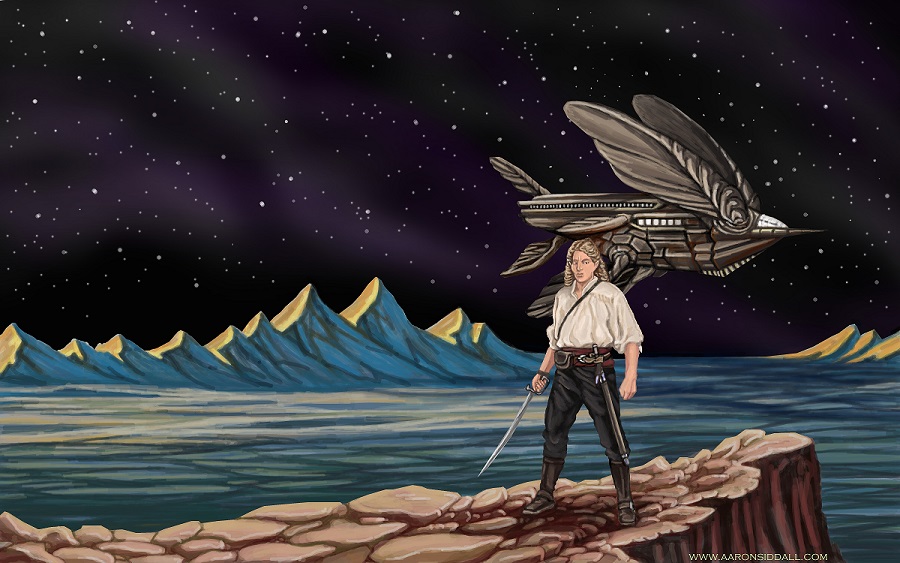

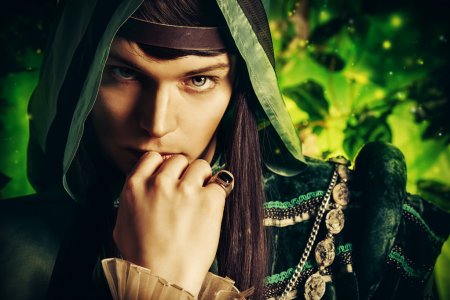
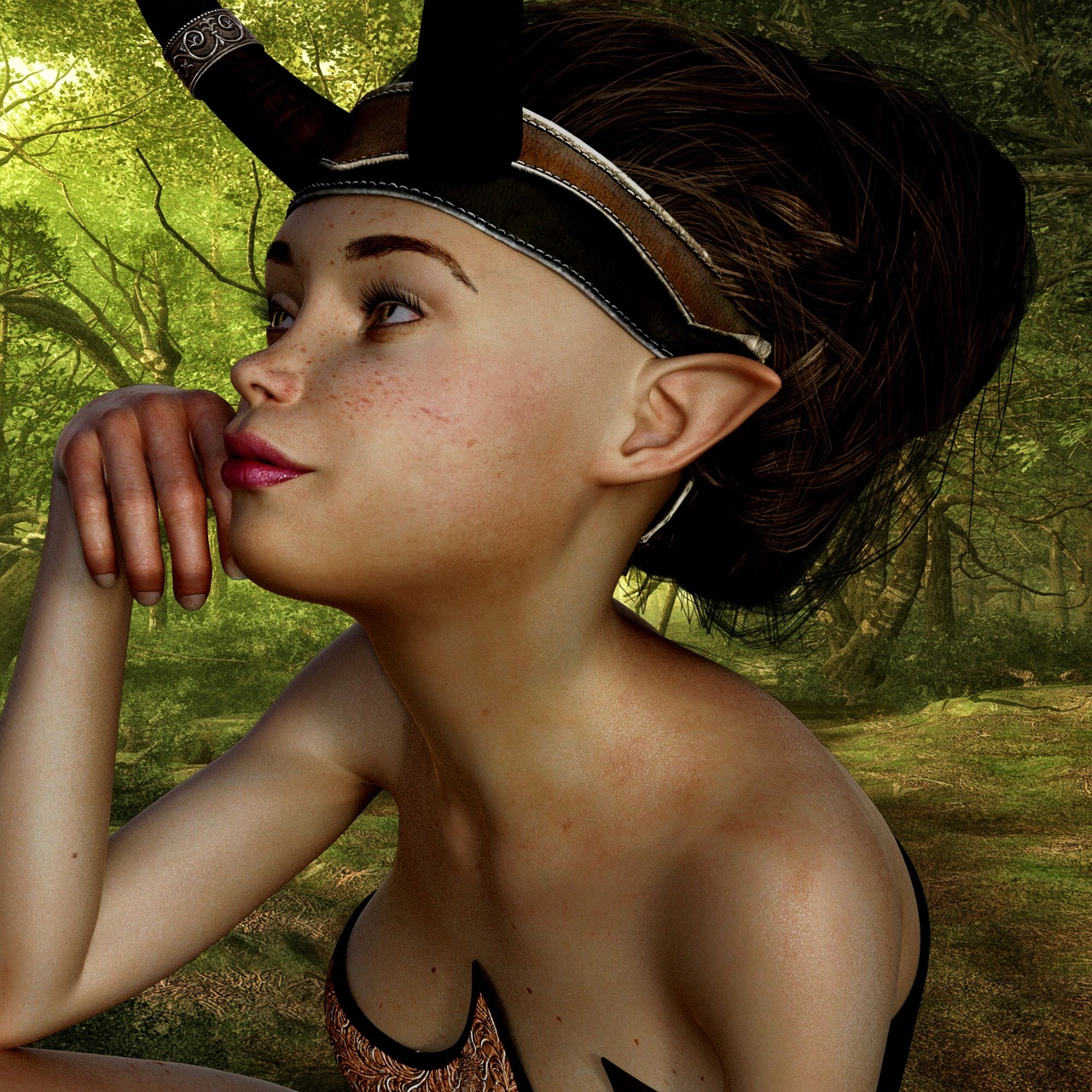

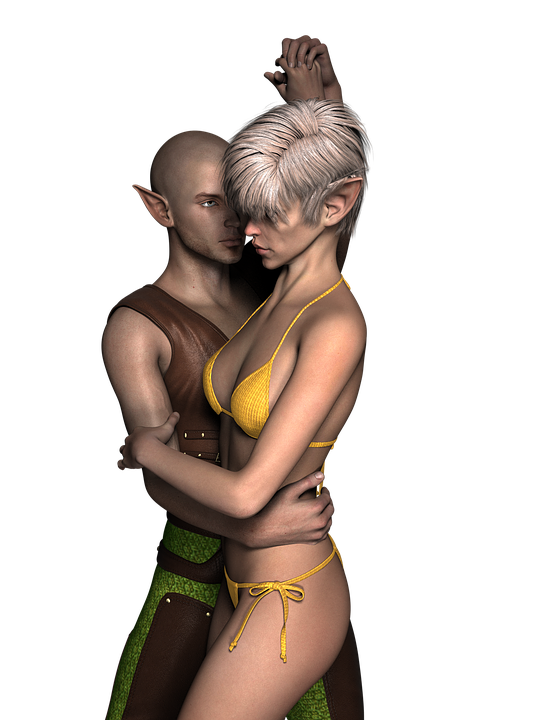
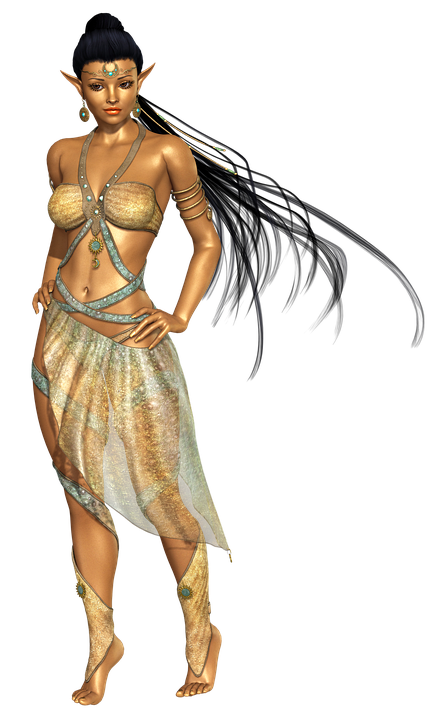


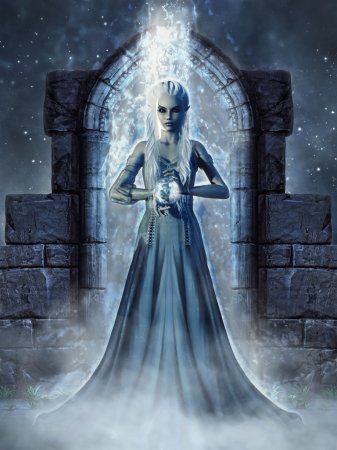
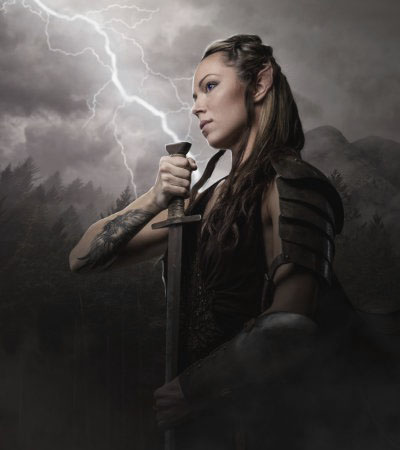


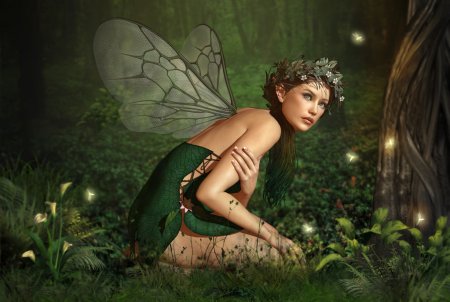

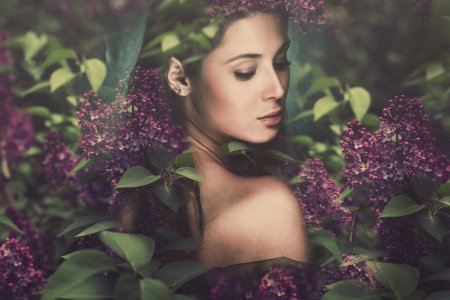
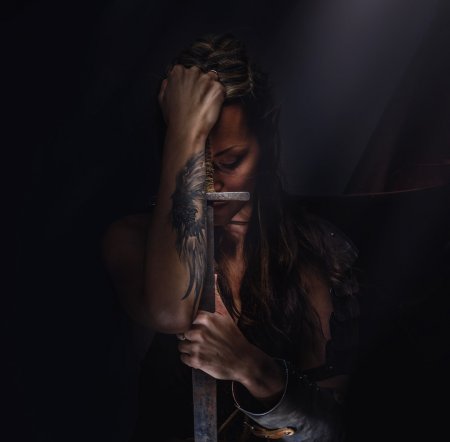

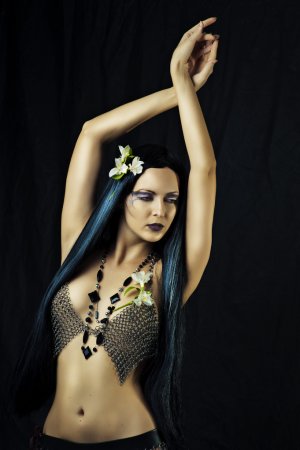

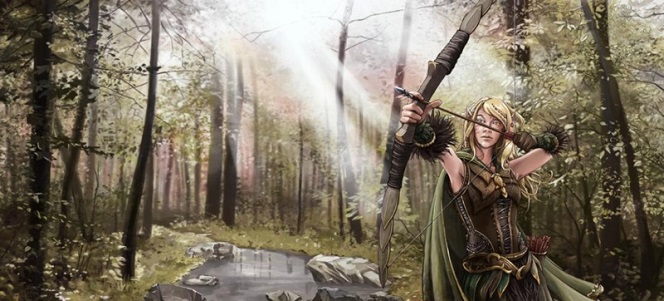
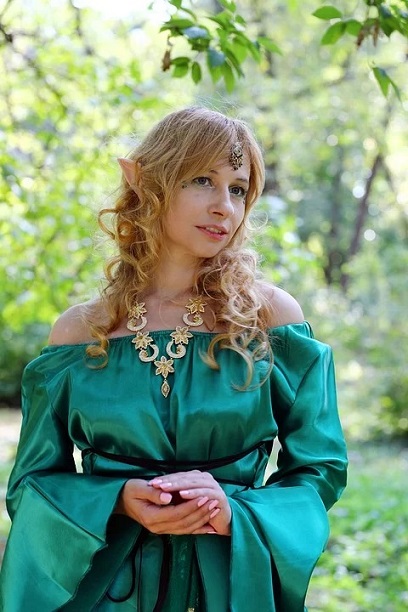
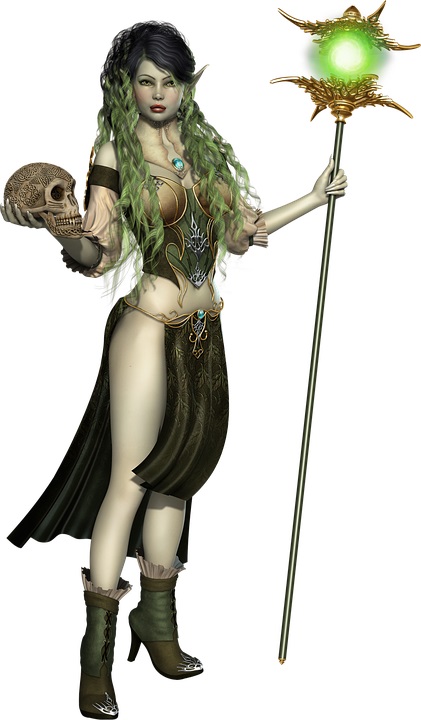
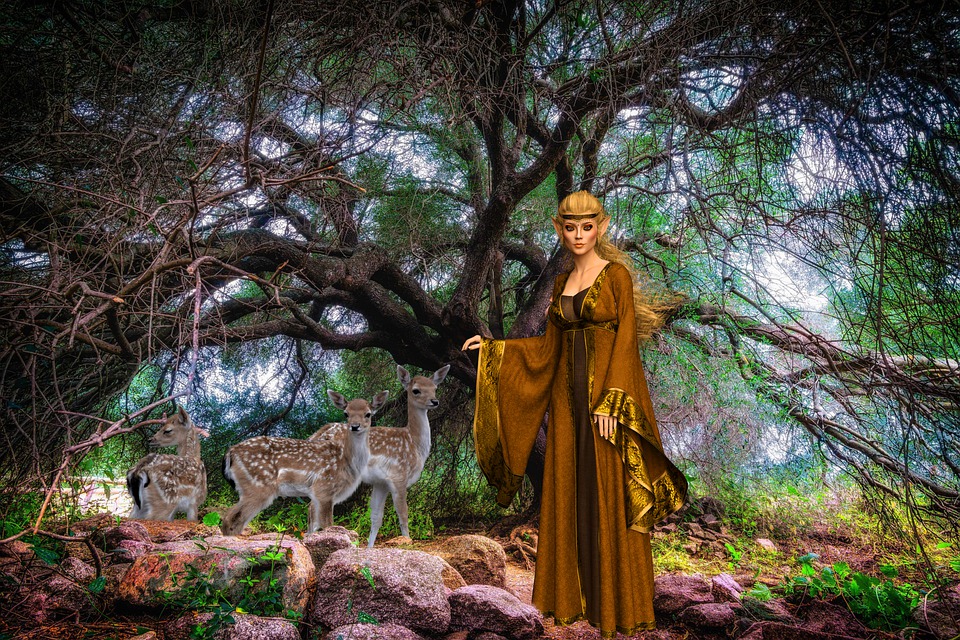
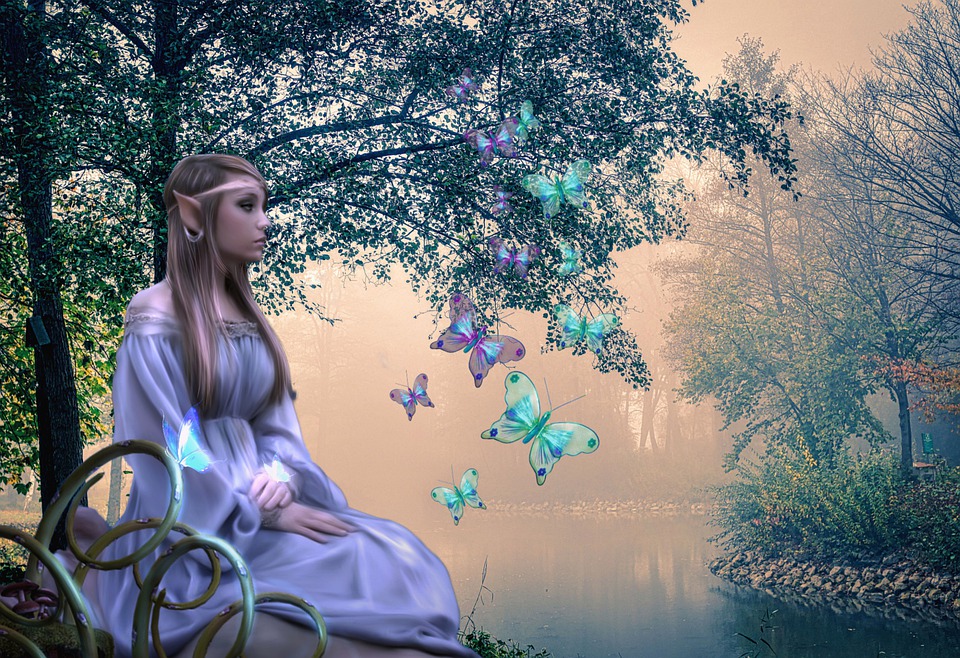
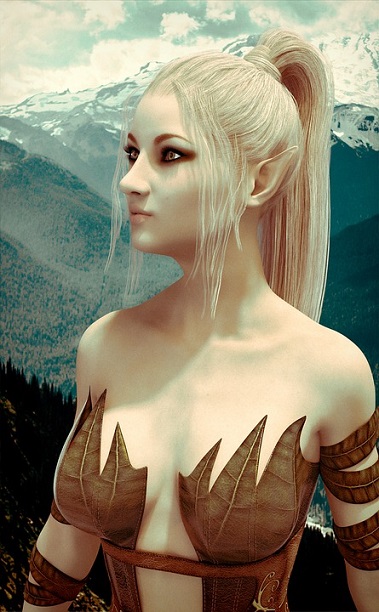
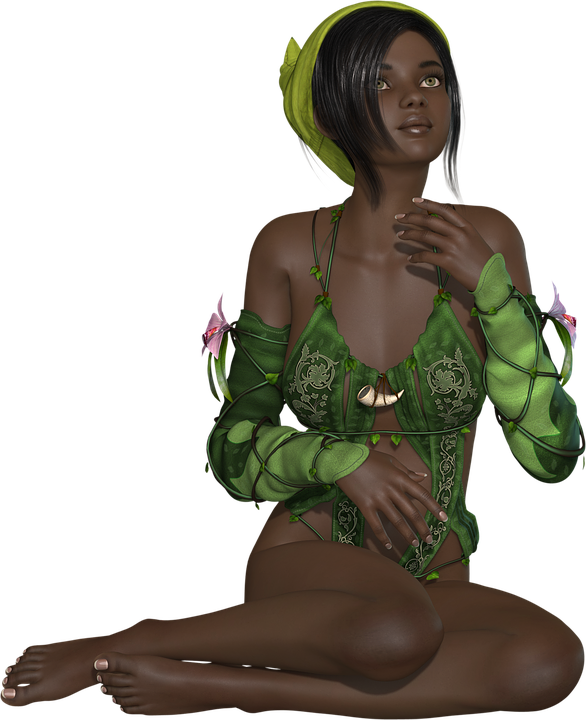

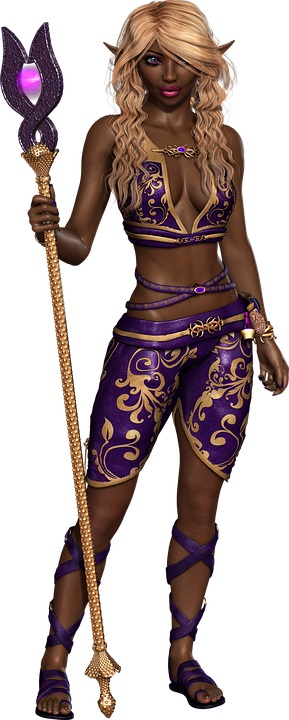
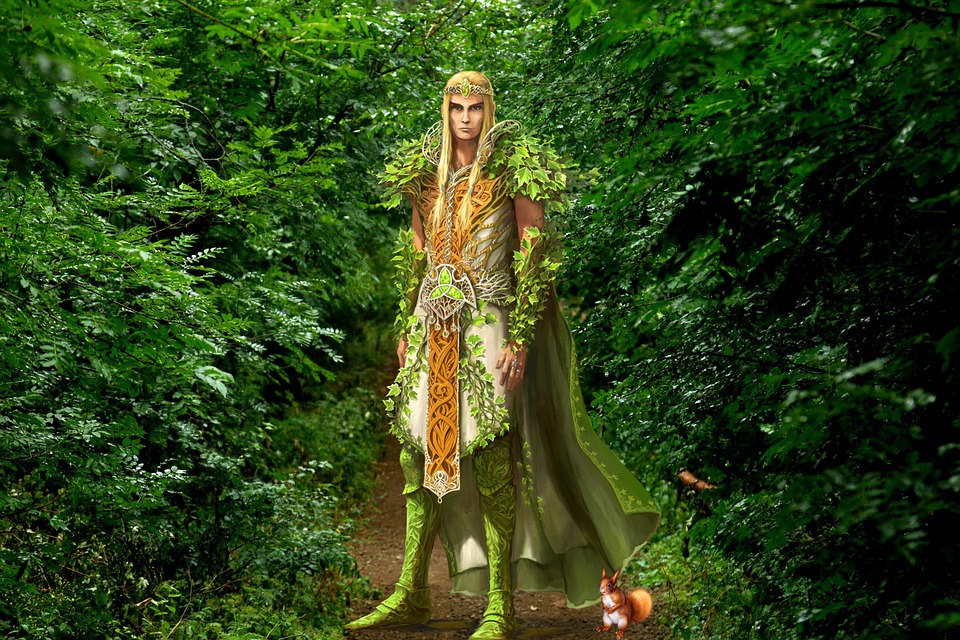
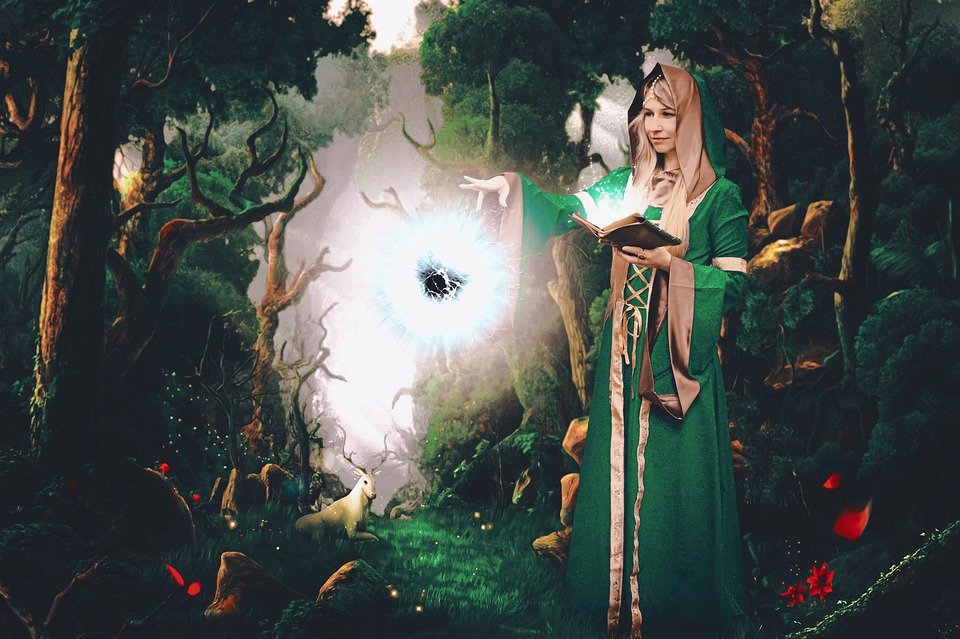
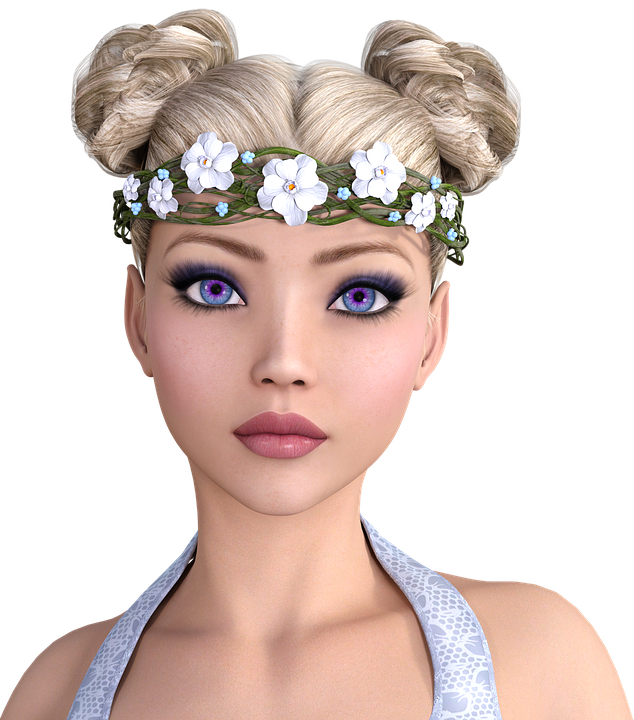
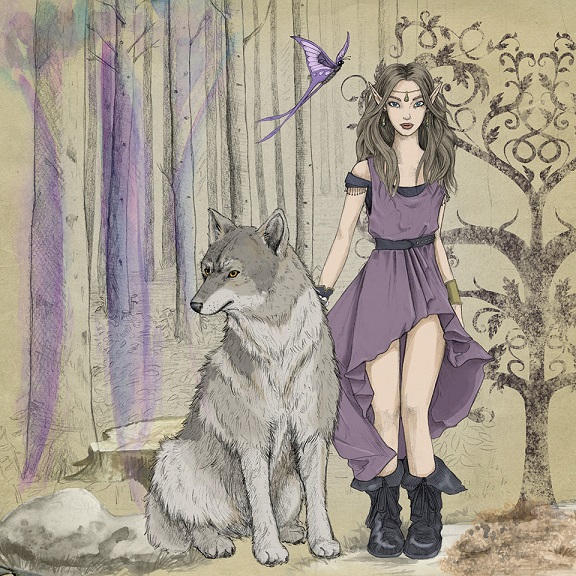
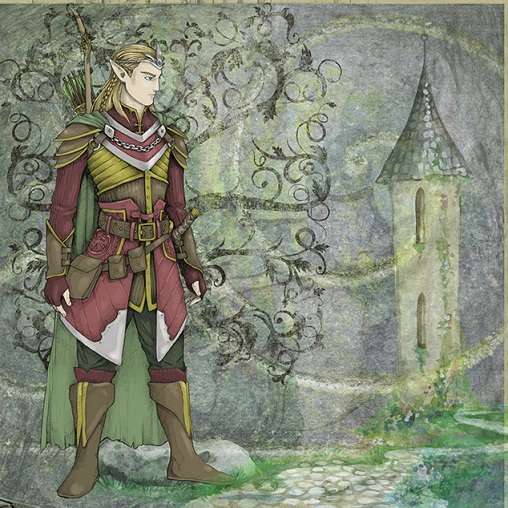

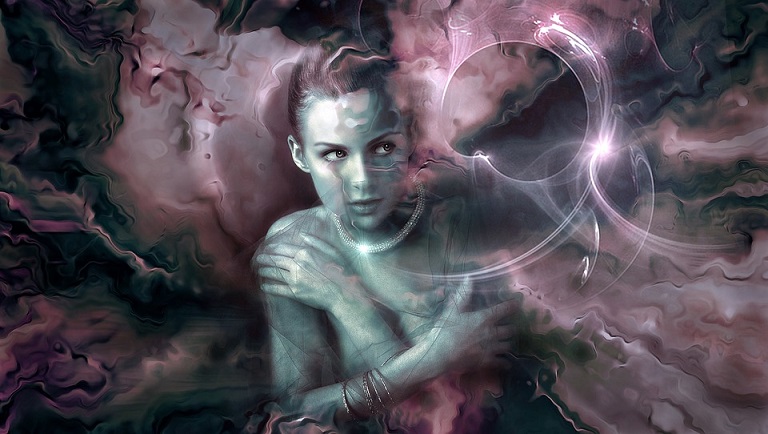


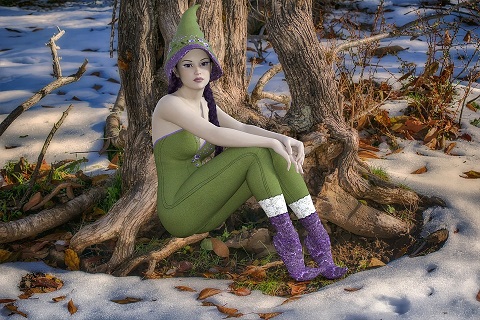
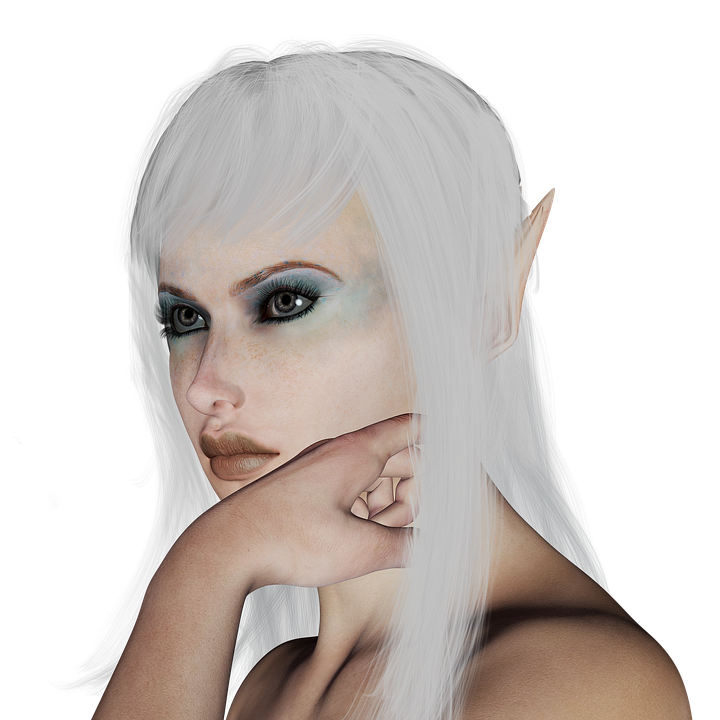

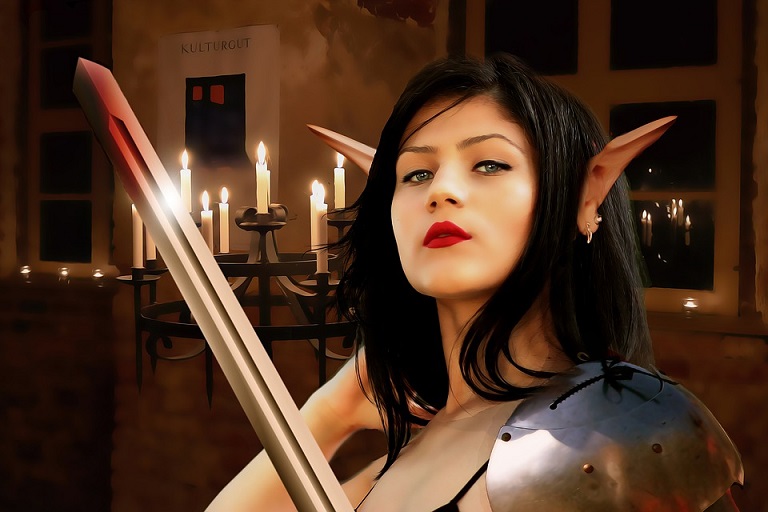

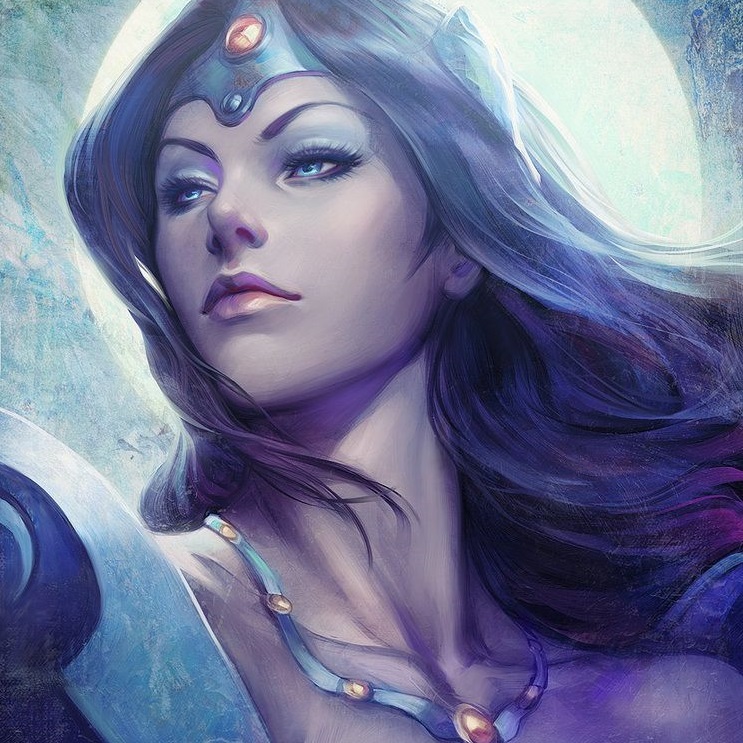

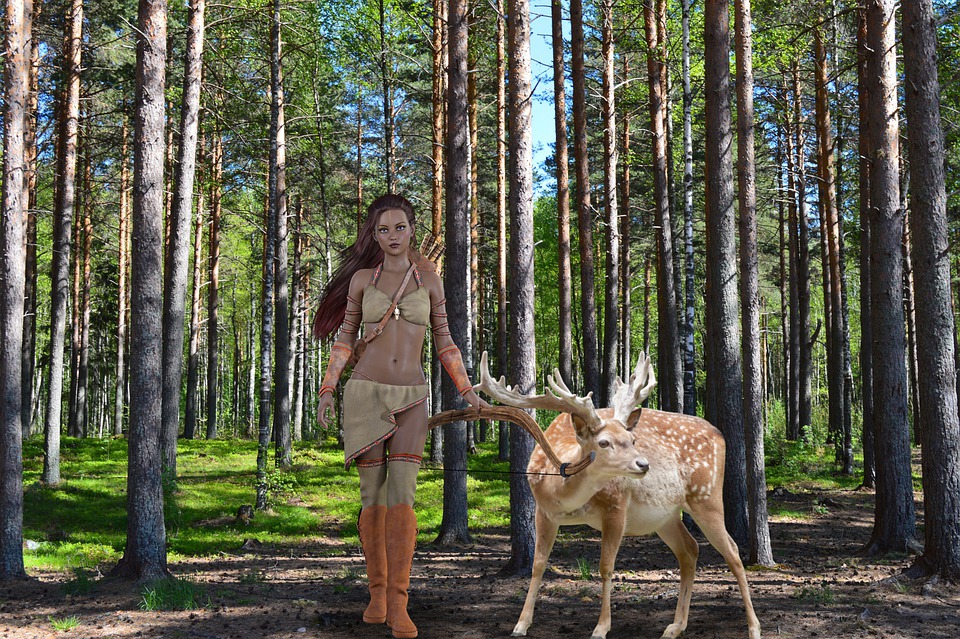
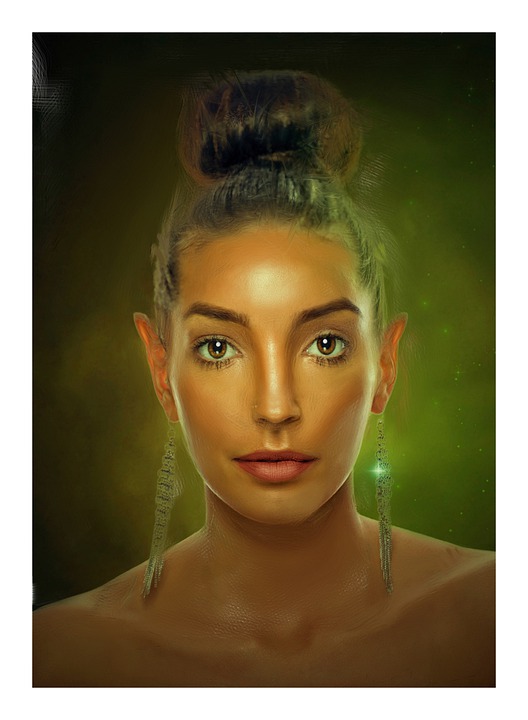
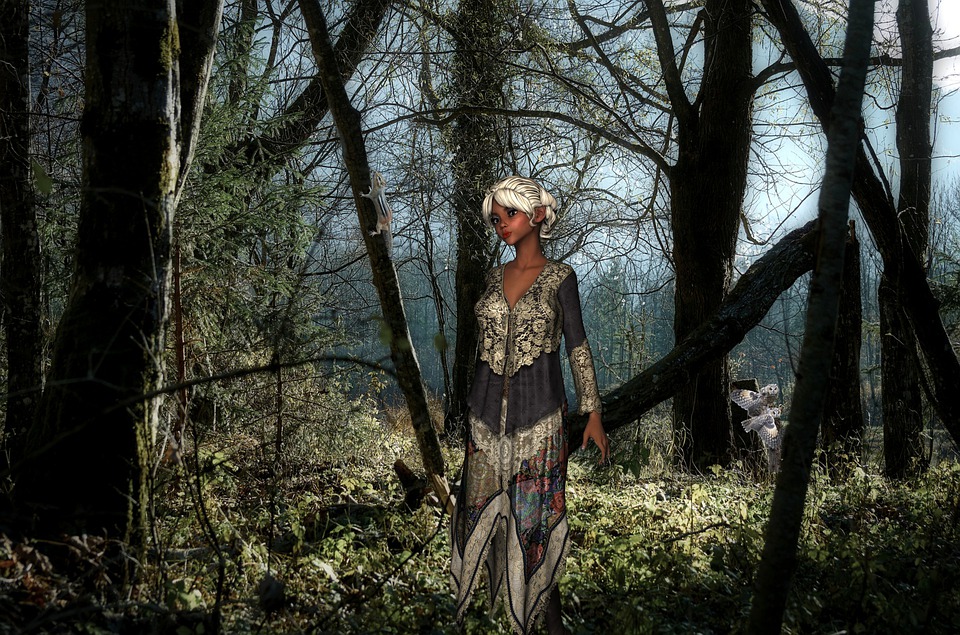

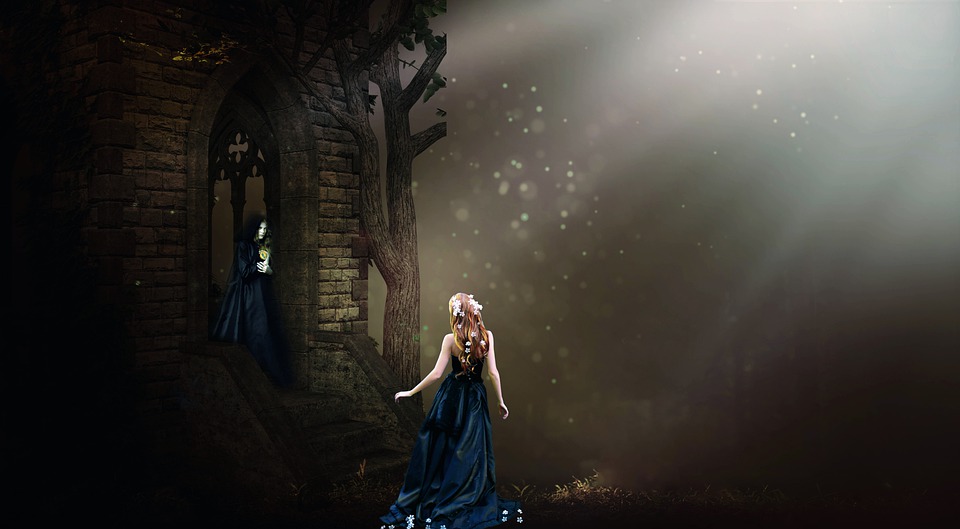
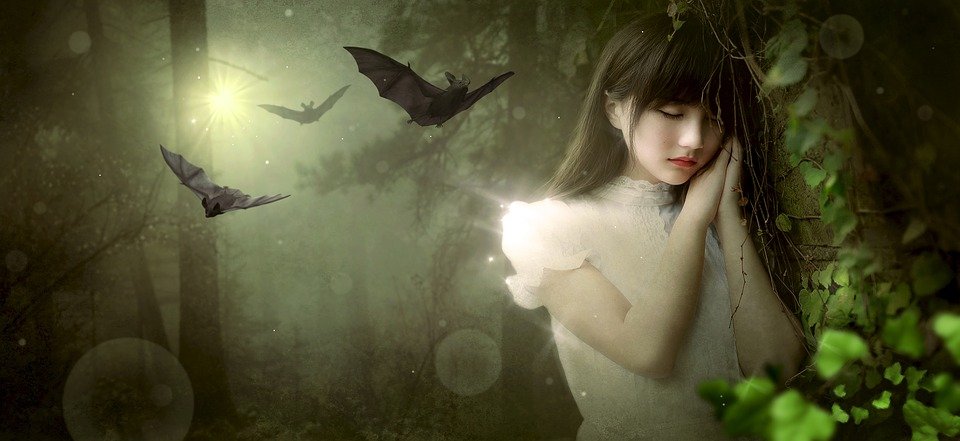

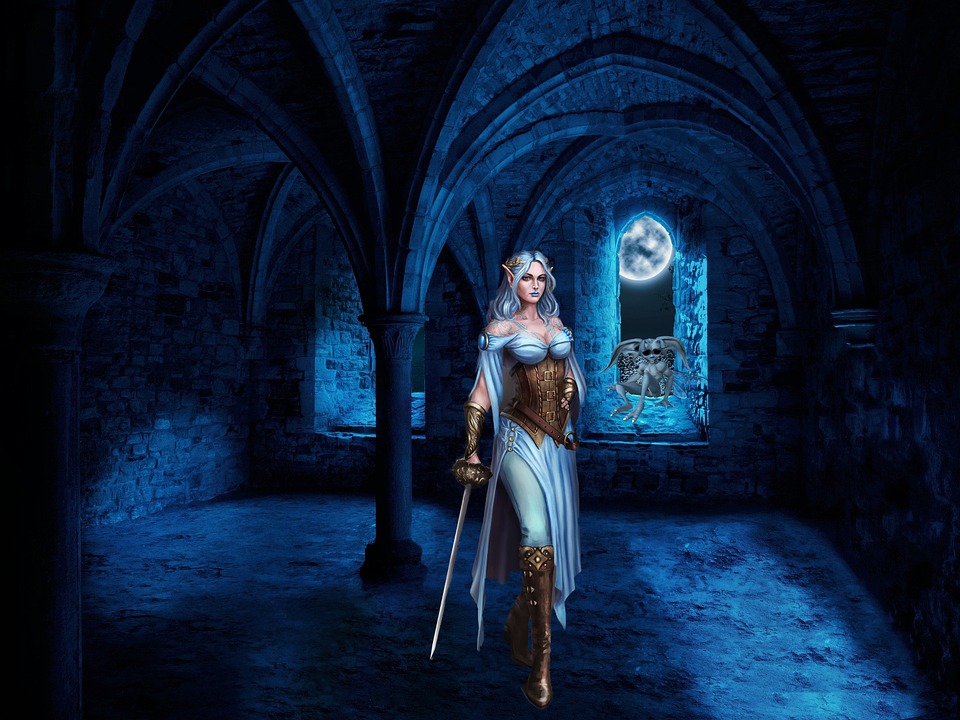
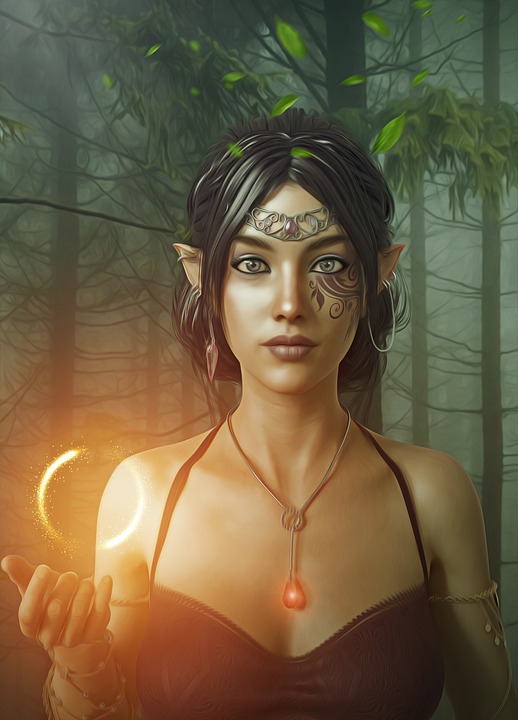




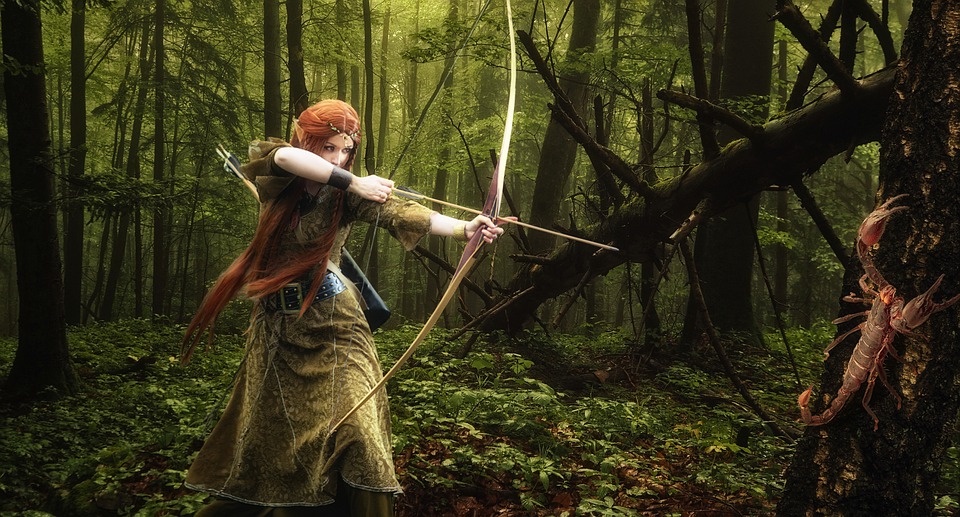
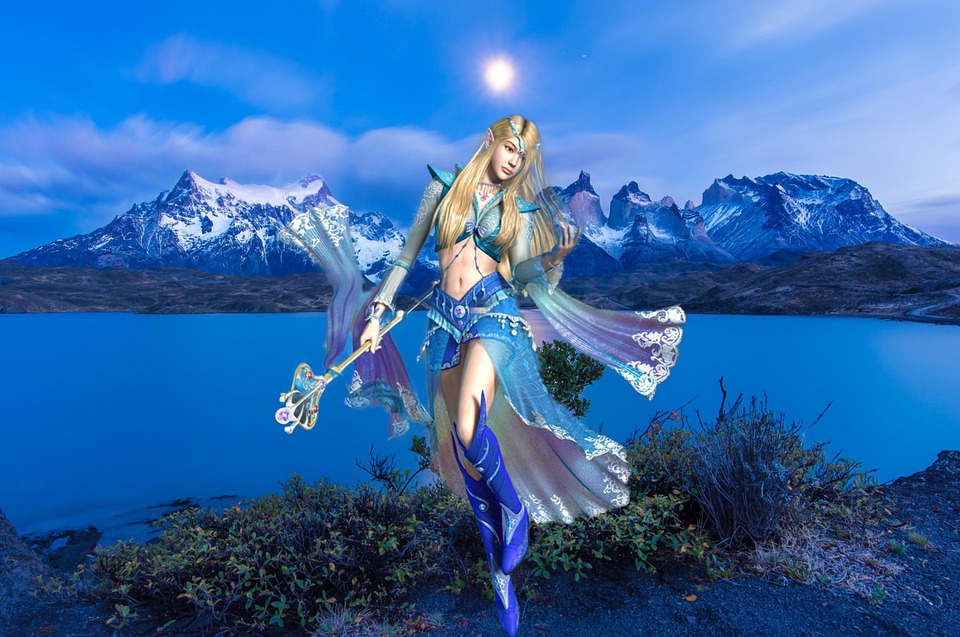
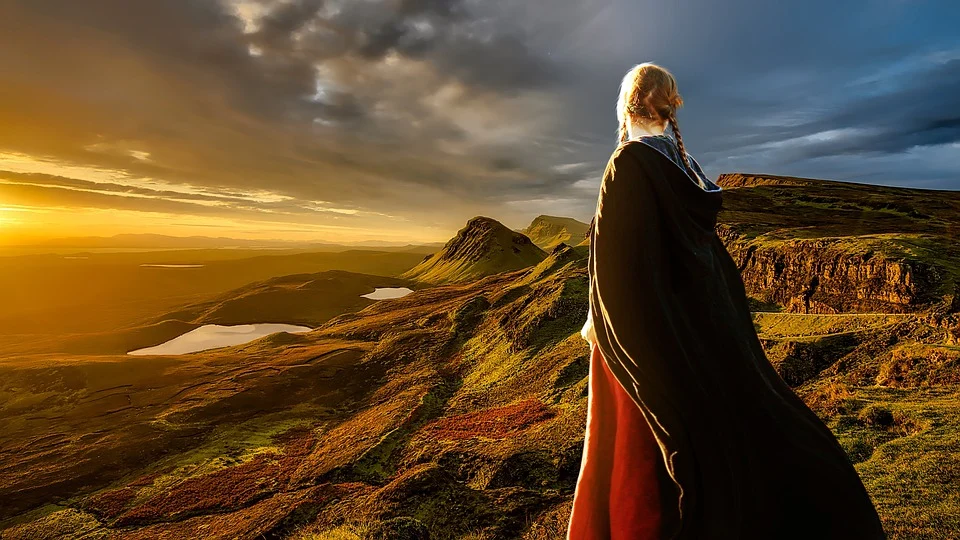

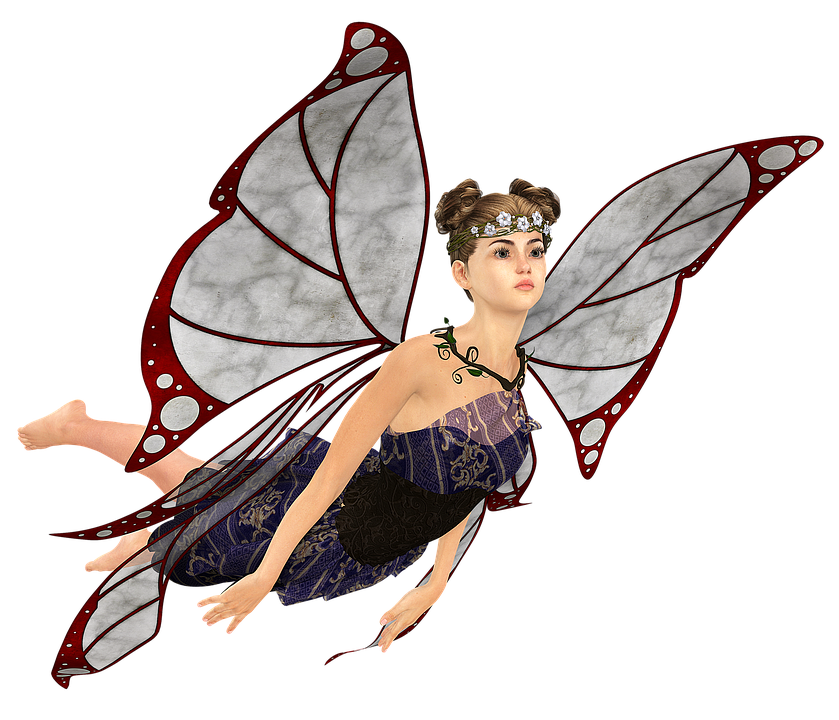

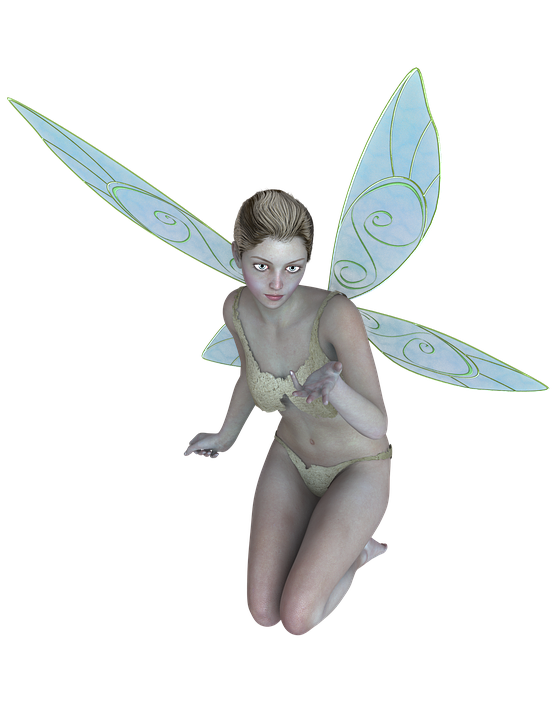
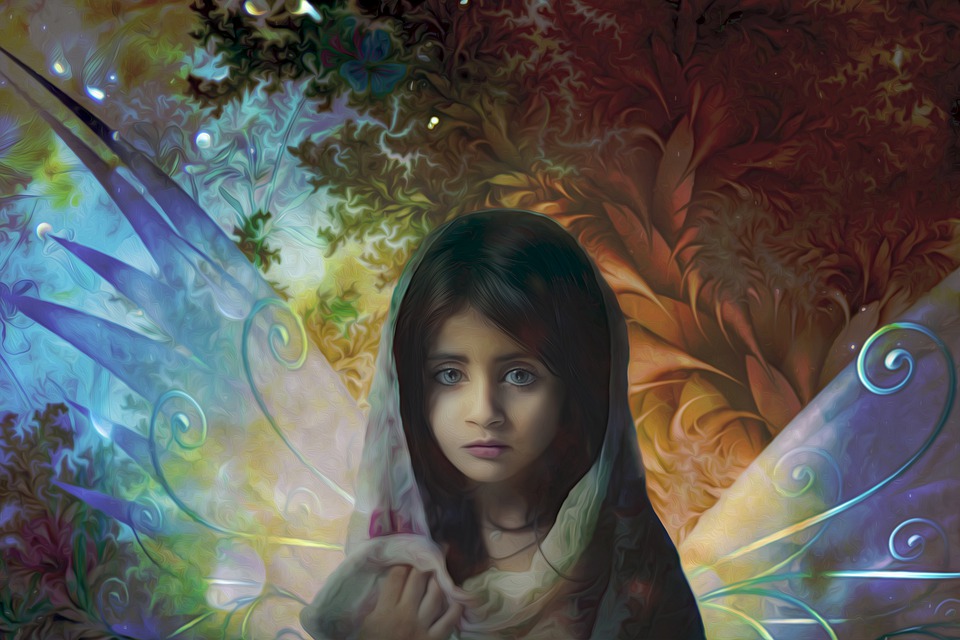

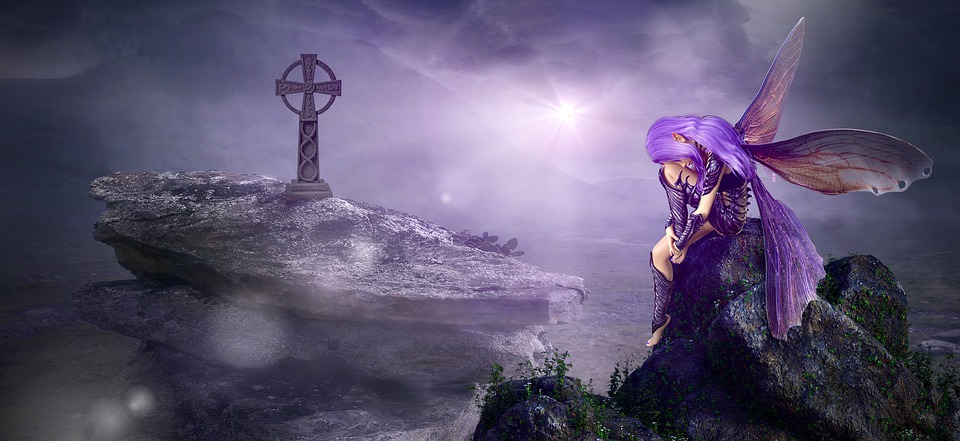


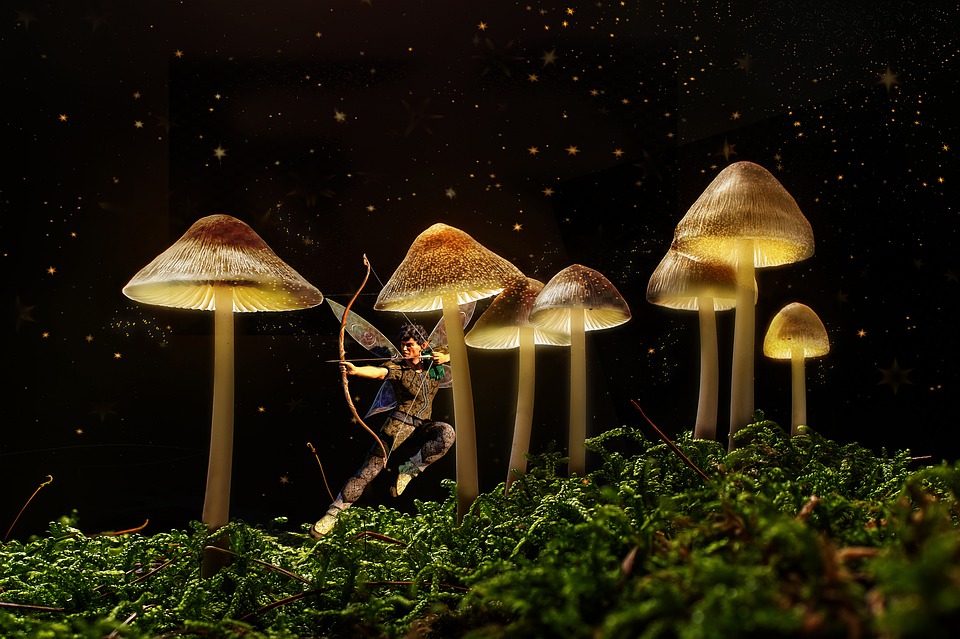
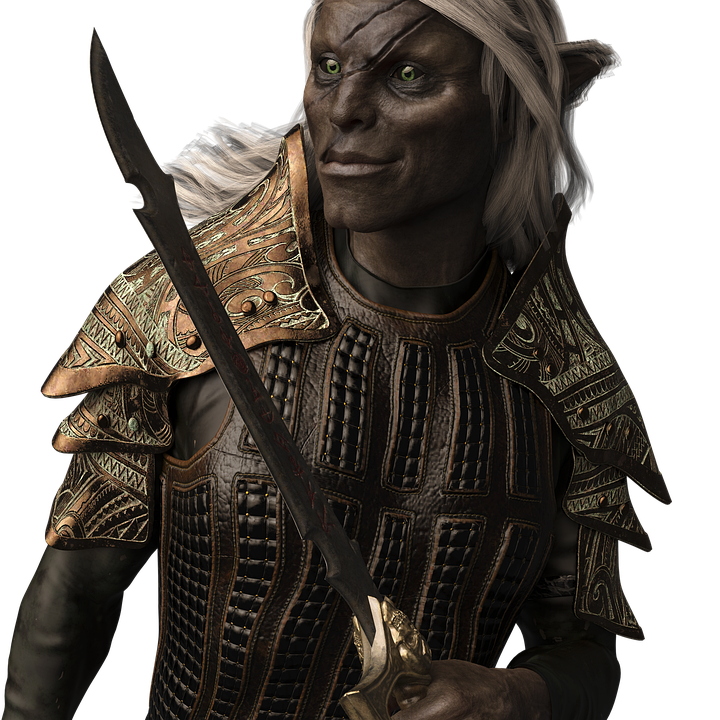
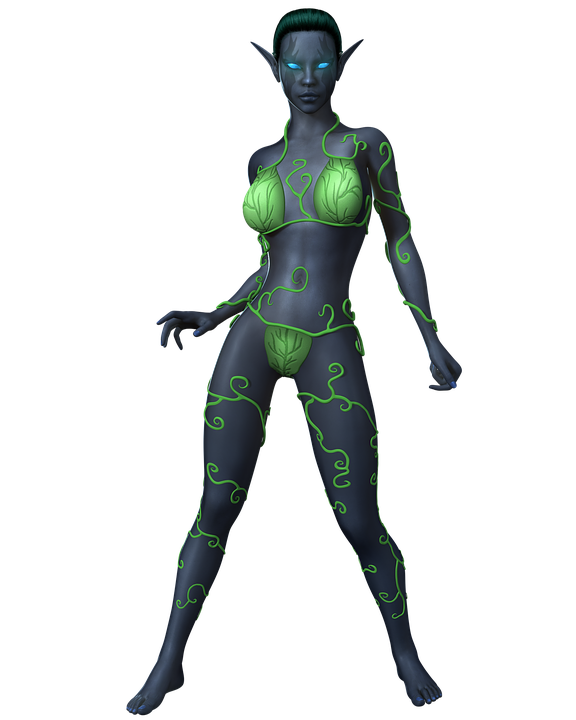
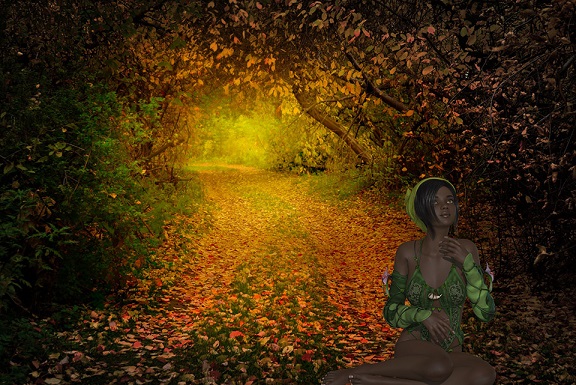



Comments